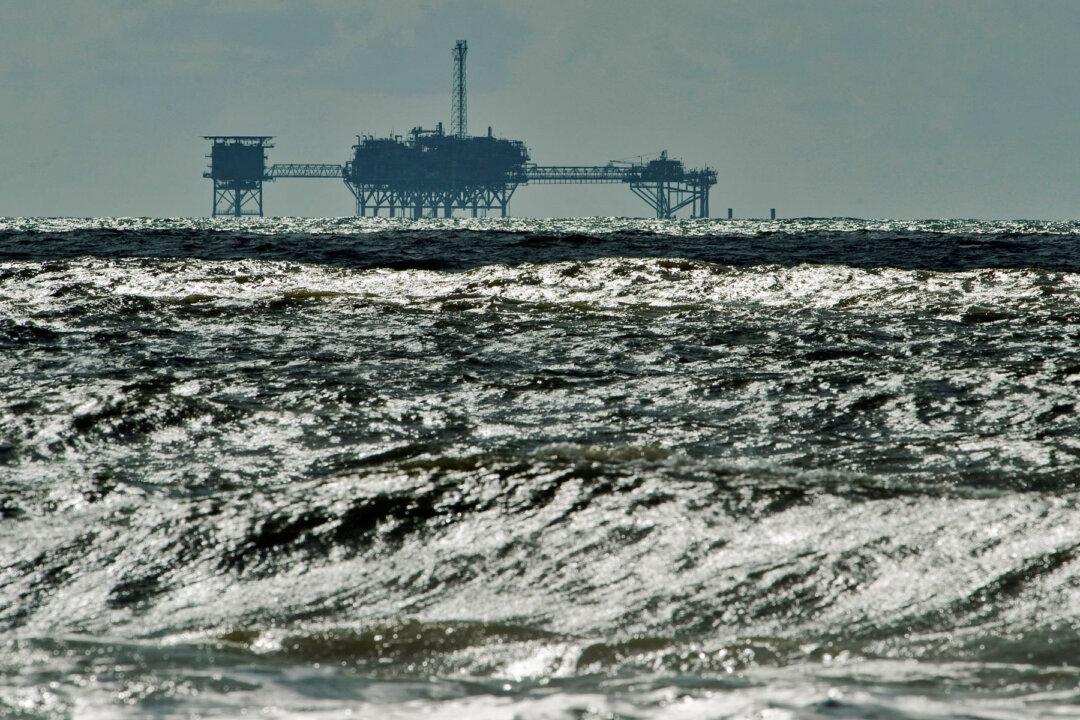The vast majority of economists at 23 large financial institutions surveyed by The Wall Street Journal predict that the United States will fall into the grips of a recession in 2023 and that millions of Americans will lose their jobs.
Two of the 23 firms expect the recession to come later—in 2024—while five believe that the United States will manage to avoid a downturn altogether: Credit Suisse, Goldman Sachs, HSBC, JPMorgan Chase, and Morgan Stanley.
The institutions that predict a coming recession expect consumer spending to weaken as Americans deplete their savings and an aggressive Fed drives up borrowing costs and as banks’ lending standards get tighter.
The aggressive rate increases have so far had only a limited effect, with November’s CPI data showing inflation running at 7.1 percent.
Frustrated by how sticky high inflation has remained despite the rate boosts, Fed officials have pledged to keep raising rates and keep them high until inflation recedes to near the Fed’s 2 percent target, as measured by the core Personal Consumption Expenditures (PCE) price index.
Core PCE, which excludes the volatile categories of food and energy, in November came in at 4.7 percent, more than twice the Fed’s target.
Rates that high will push unemployment up to 4.6 percent in 2023 from the current 3.7 percent and stay at that level in 2024, according to the Fed.
Most of the economists surveyed by The Wall Street Journal think unemployment will get even worse and peak at more than 5 percent.
An unemployment rate that high would mean several million Americans losing their jobs.
‘The Worst Is Yet to Come’
Prior to 2020, inflation was seen as all but tamed. But after COVID-19 hit, as the government and the Fed flooded locked-down businesses and households with trillions of dollars in stimulus and support, the era of low inflation ground to a halt.While the money helped businesses keep workers on payrolls and bolstered consumer spending, it also led to an inflationary jump in demand as supply chains that were crippled by pandemic restrictions couldn’t keep up.
Idled factories were unable to ratchet up production fast enough to meet the jump in demand, an inflationary dynamic made worse by labor shortages as more people who were close to retirement left the workforce permanently amid the pandemic and as generous stimulus checks kept others from seeking employment.
In the face of soaring inflation, central banks across the world have hiked interest rates in a bid to cool demand and relieve price pressures, raising the risk of a recession.
The international agency expects U.S. inflation to drop to 3.5 percent this year from 8.1 percent in 2022, but in many other countries, it’s expected to be higher. For instance, inflation in advanced economies in Europe this year is predicted at 6.2 percent, while emerging economies in Europe are expected to see inflation at a whopping 19.4 percent.
The IMF stated in its report that, despite projections for lower inflation overall in 2023, it expects more economic pain.
“More than a third of the global economy will contract this year or next, while the three largest economies—the United States, the European Union, and China—will continue to stall,” the IMF report reads.
“In short, the worst is yet to come, and for many people, 2023 will feel like a recession.”





